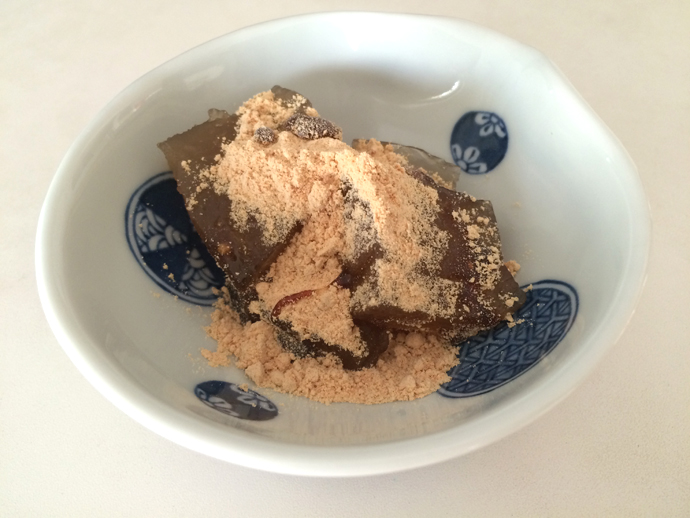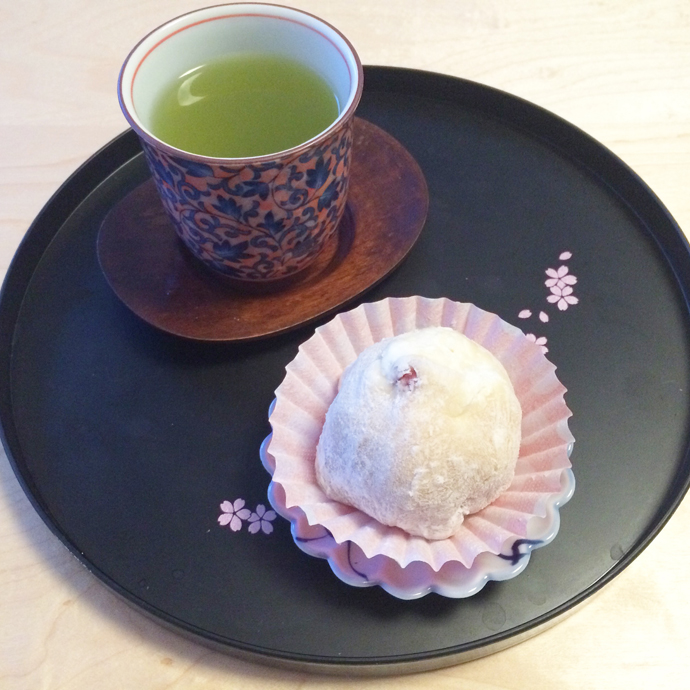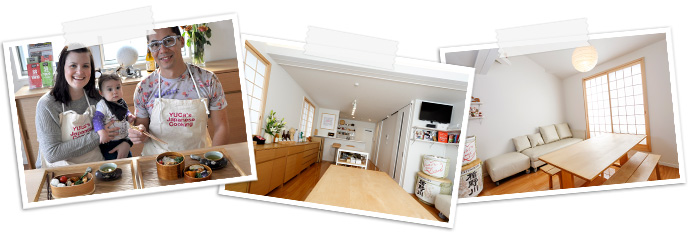
Classes
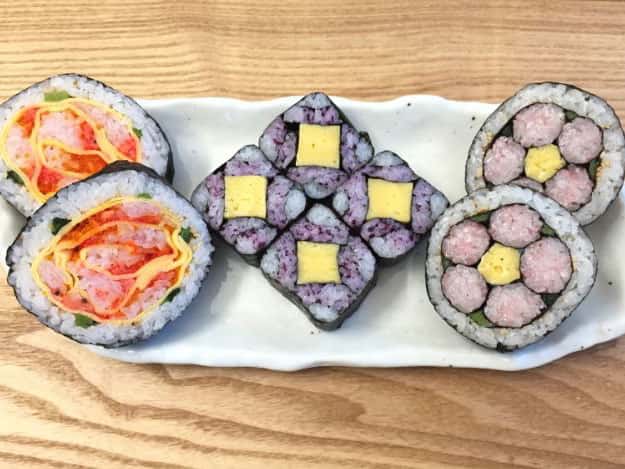
YJC offers 8 courses. All classes focuses on Japanese home cooking. Each class takes 3 hours and hands-on class. Please push button to know more detail.
Recipes
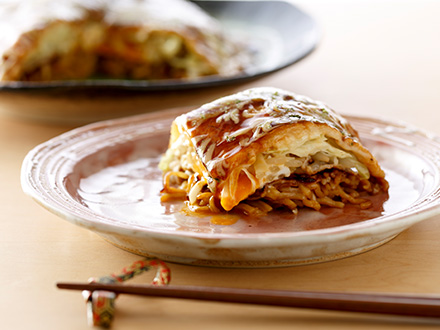
YJC introduces "Easy, Healthy and Delicious" Japanese home cooking recipes for both video and text. Please watch and try them out!
About
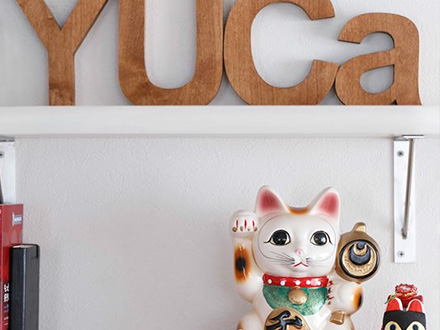
YJC is the winner of 2015 & 2016 Certificate of Excellence by TripAdvisor, which was awarded to only the top 10% of service providers.
Matcha Soymilk Pudding

Do you like matcha green tea? Matcha is made by grinding special tea leaves on a millstone and is used for beverages as well as for confectionery. This time, we will use that matcha powder to make vegan pudding without eggs or milk.
* My brand YUCa’s Tea also sells organic matcha, which has been well received by matcha fans in Japan and abroad. I hope you will try them! For more detail, please check this page!
Wheat Gluten Rusk

YUCa’s Tea

Japanese tea is loved by people as an indispensable drink for daily health maintenance. In Japan, tea is grown over a wide area. Major production areas include Shizuoka, Kagoshima, Mie, Kyoto, and Saitama prefectures.
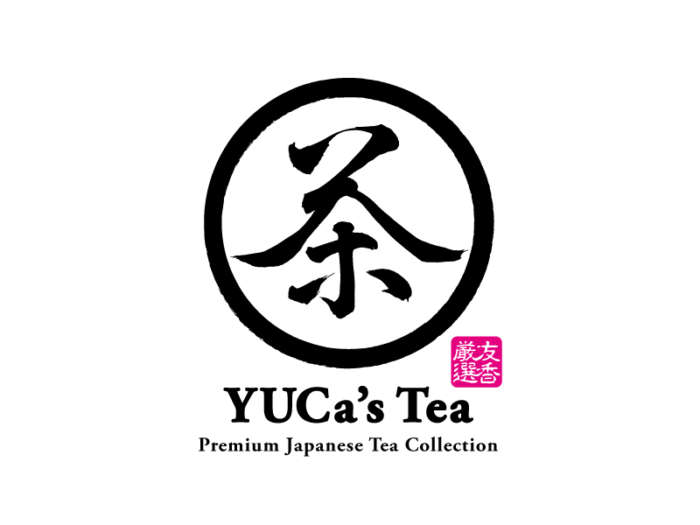
“YUCa’s Tea” is a premium Japanese tea collection curated by a culinary expert YUCa. Through a variety of hi-end teas such as Chiran-cha (Green tea from Kagoshima), Uji-cha (Matcha from Kyoto), and Tosa-cha (Roasted green tea from Kochi), it showcases the charm of various regions across Japan. Shall we travel with YUCa’s Tea?
In the future, it will expand not only to tea but also to tea-related sweets and more.

YUCa’s Tea, Premium Japanese Tea Collection : As of May 2024
・Chiran-cha, Green Tea (Sencha/Ryokucha) : Tea bag (3g x 10 bags) – 1,000 JPY
・Chiran-cha, Green Tea (Sencha/Ryokucha) : Tea leaf (100g) – 2,000 JPY
・Uji-cha, Organic Matcha : Powder (30g) – 3,000 JPY
We ship internationally! Please contact us from here. https://yjc.tokyo/contact-us/
More information on the origin and the characteristics of each product, please see below.
Tofu & Kinako Cookie
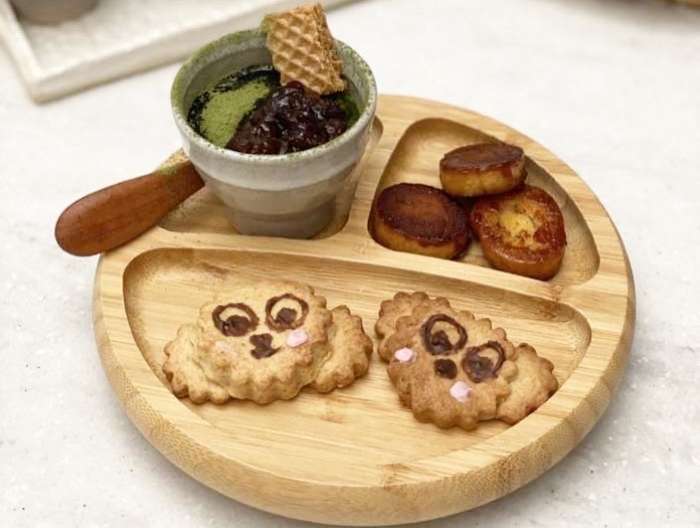
Are you interested in sweets that don’t use eggs and milk? This time, I’ll make cookies using tofu and kinako(soybean powder), which are familiar health foods in Japan. To make them enjoyable, I tried making cookies shaped like the faces of our pets, Mario and Luigi.
Sunday Market in Kochi (土佐日曜市)
Held every Sunday in Kochi Prefecture, this market called “Nichiyo-ichi” has a history of more than 300 years.

From around 6:00 a.m. to 3:00 p.m., about 300 stores line up along Otesuji Street under the castle in Kochi, stretching about 1 km along its length. Fresh vegetables and fruits, as well as hardware, knives, plants, etc., are sold.

Warabi Mochi
Warabi mochi (わらび餅) is a Japanese confectionery made from starch extracted from the root of the wild vegetable “warabi”. The pulled texture of the warabi mochi and the harmony of the molasses and soybean flour called “Kinako” are addictive, and you will not be able to stop eating it.
Warabi mochi is often confused with kuzumochi, which is also eaten with molasses and soybean flour, but kuzumochi is milky white and has a slightly harder texture. Kuzumochi is made from starch extracted from the root of the “kuzu” plant.
Ichigo Daifuku (Strawberry Mochi)
Ichigo Daifuku (いちご大福) is made by wrapping a whole strawberry in anko (red bean paste) and then wrapping it in gyuhi (a type of rice cake). The combination of the tartness of the strawberries and the sweetness of the bean paste is exquisite, and the texture of the mochi is also unique.
There are various theories as to the origin of Ichigo Daifuku, but it is said to have originated in the 1980s, inspired by shortcake. Although it has a shorter history than other wagashi, it is now firmly established as one of Japan’s most popular wagashi.
Anko (Red bean paste)
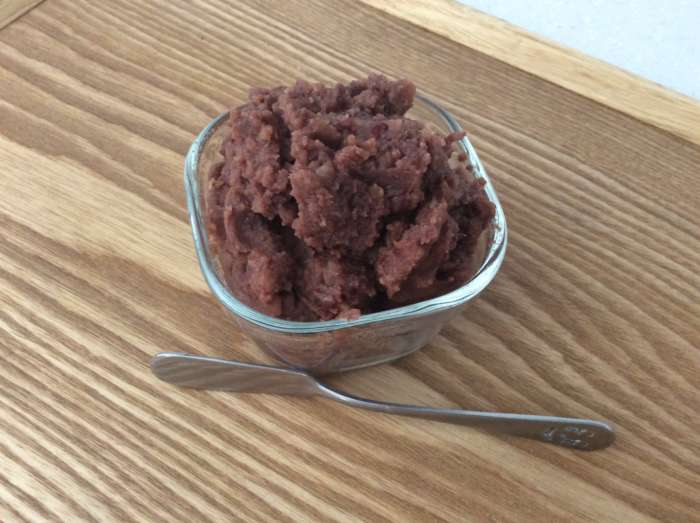
Anko(あんこ) is sweetened azuki beans. It is used in many wagashi, such as daifuku, taiyaki, anmitsu, and oshiruko, and is essential for making wagashi. There are two types of anko: Tsubu-an (つぶあん), which retains the texture of the azuki bean grains, and koshi-an(こしあん), which is strained smooth. If you feel that store-bought anko is too sweet, why not try making homemade anko? And if you do, don’t forget to use azuki beans called dainago(大納言).
Ohagi & Botamochi
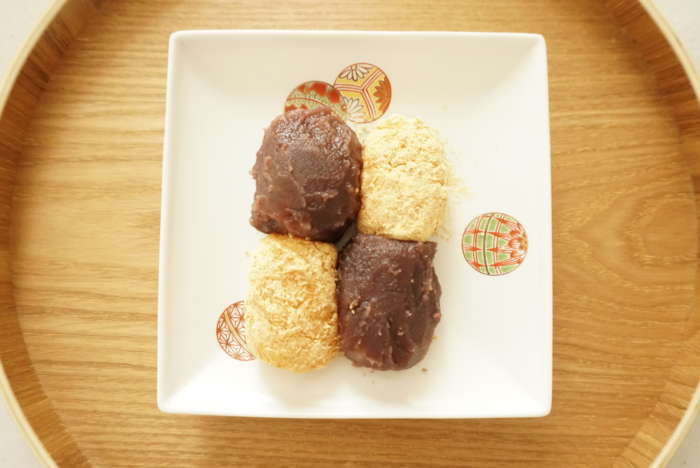
Ohagi (おはぎ) is made by wrapping sweet bean paste with glutinous rice cake or, conversely, by rolling glutinous rice cake into a ball and wrapping it with sweet bean paste. It is an indispensable food for offerings on the far shore, and seems to be a Japanese confectionery that has been familiar to people since ancient times.
In addition, it is called “Ohagi” on the autumnal equinox when hagi flowers bloom, and “Botamochi” on the spring equinox when peony flowers bloom. It is interesting that the names change depending on the time of year.
Sakura Cherry Blossoms in Kochi
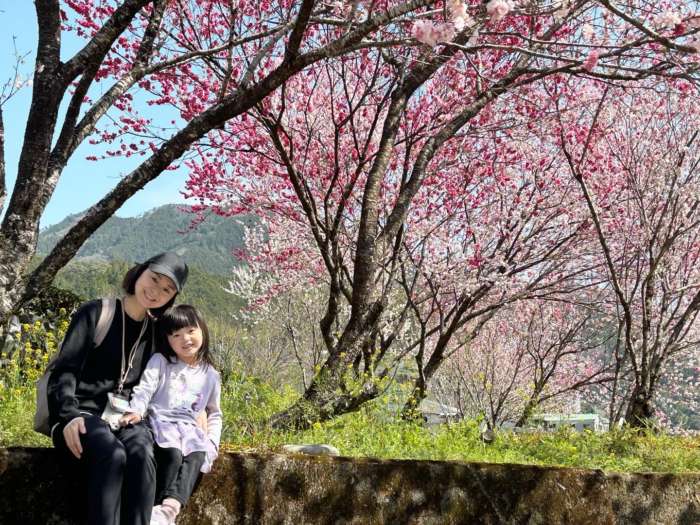
I recently visited Kochi Prefecture with my family. It was just in time for cherry blossom viewing, and we were able to see a 500-year-old cherry tree, which was a great memory. I have taken other photos, so please take a look.

